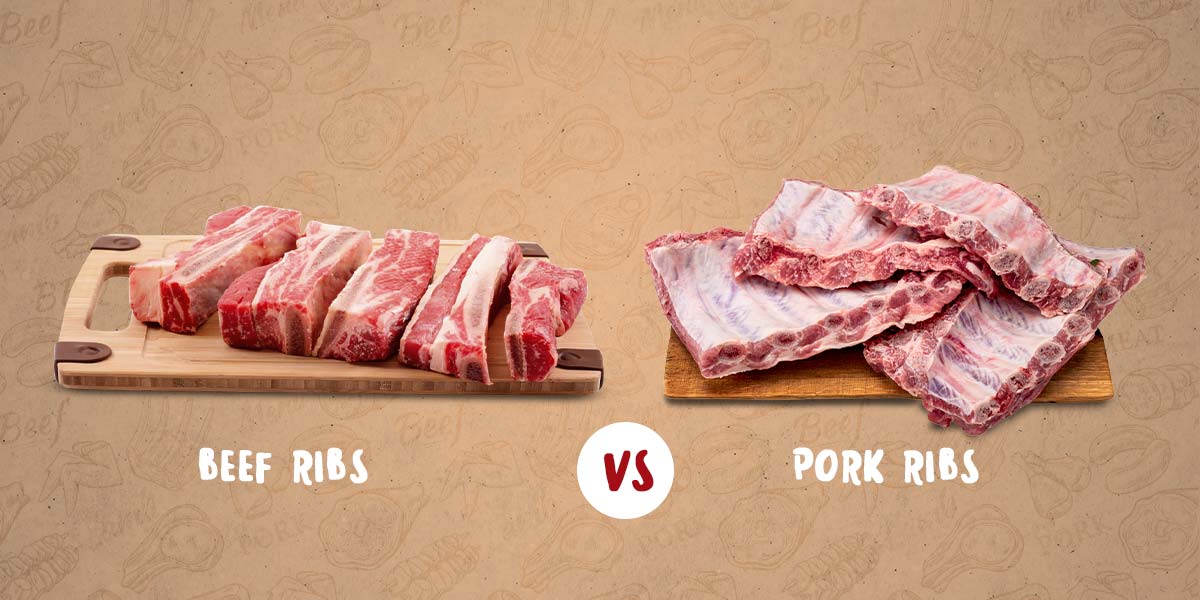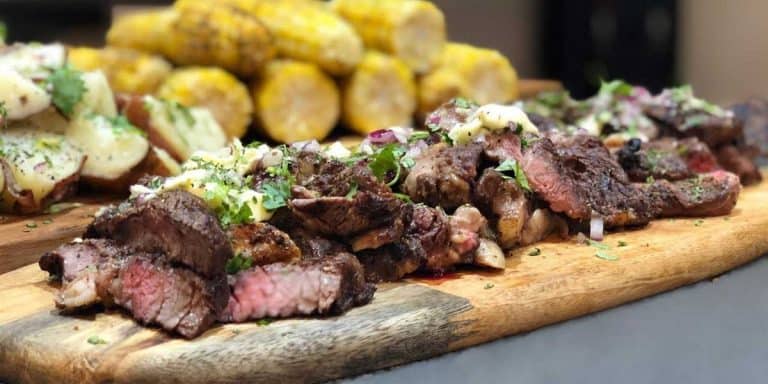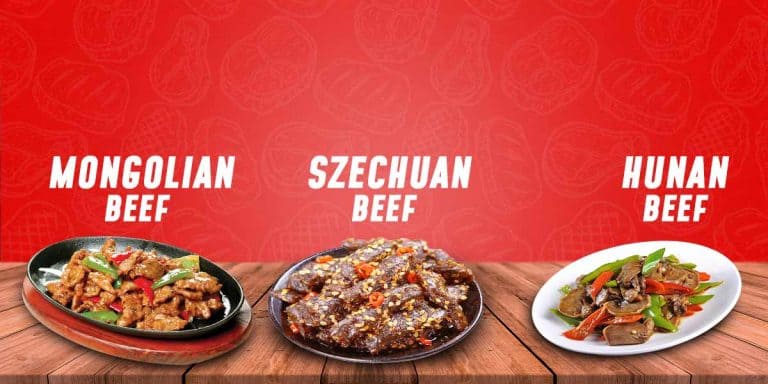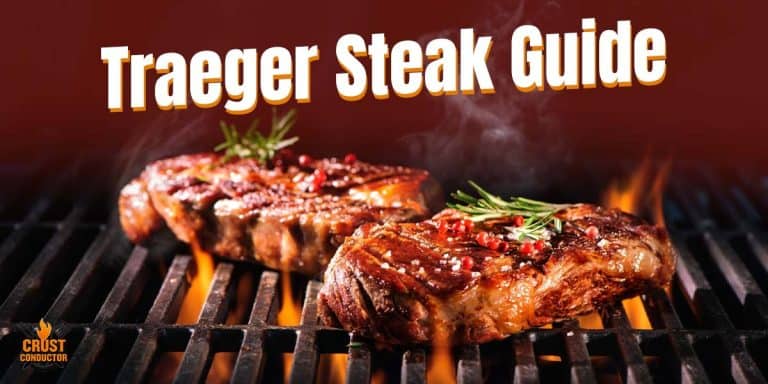Beef Ribs vs Pork Ribs | The Differences And Resemblances
We all know that choosing the right ribs is crucial to your BBQ experience. But let’s be real: sometimes it can be really hard to figure out which kind of rib is best for your taste preferences. We’ve all been there- Standing in front of the smoker, staring at a pile of ribs, and you can’t decide what kind to pick. Should you go with beef ribs or pork ribs?
How to tell if ribs are beef or pork? And what if all those different kinds of ribs sound pretty similar? It’s a tough choice—and one we all make at some point! Well, don’t worry—we’ve got you covered. This article breaks down the differences that you need to know between pork ribs and beef ribs. Let’s take a look.
Beef Ribs: An Overview
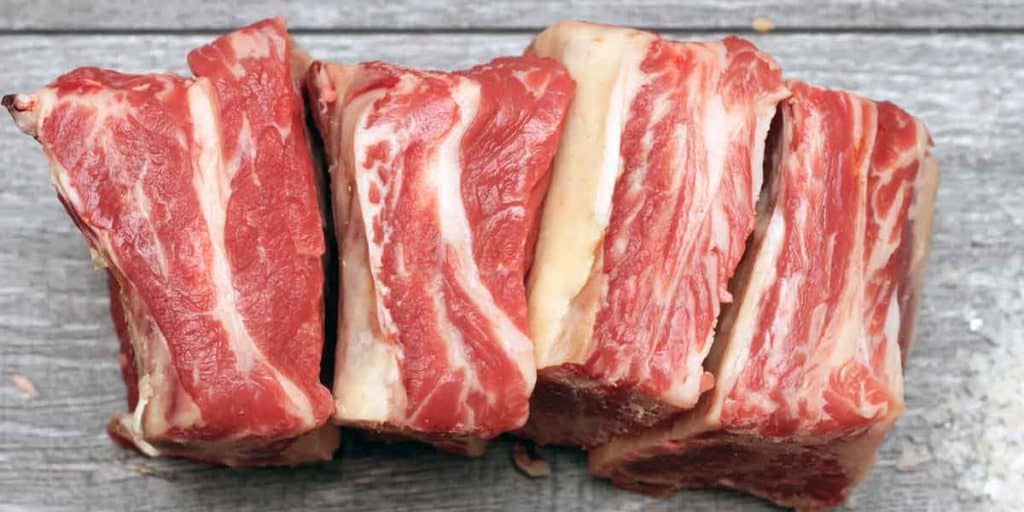
If you’re looking for a cut of beef that’s tender, juicy, and flavorful, look no further than the beef ribs. Beef ribs are some of the most flavorful and succulent cuts of meat out there, and they’re also one of the most overlooked.
These ribs are located on the lower part of the cow’s rib cage and are known for their rich meatiness. They’re perfect for slow cooking in a smoker or on the grill. Beef ribs have a lot going for them. The meat is full of flavor, making it great for marinating and smoking over low heat for hours at a time.
They also have lots of fat, so they’re extra juicy when cooked to perfection—be sure not to overcook them!. And don’t forget about their versatility; these ribs can be cooked in a smoker or on the grill (or even in your oven), depending on how much time you want to spend preparing them. If you’ve got some extra time on your hands and want to make something special for dinner tonight, beef ribs are an excellent choice!
Pork Ribs: An Overview
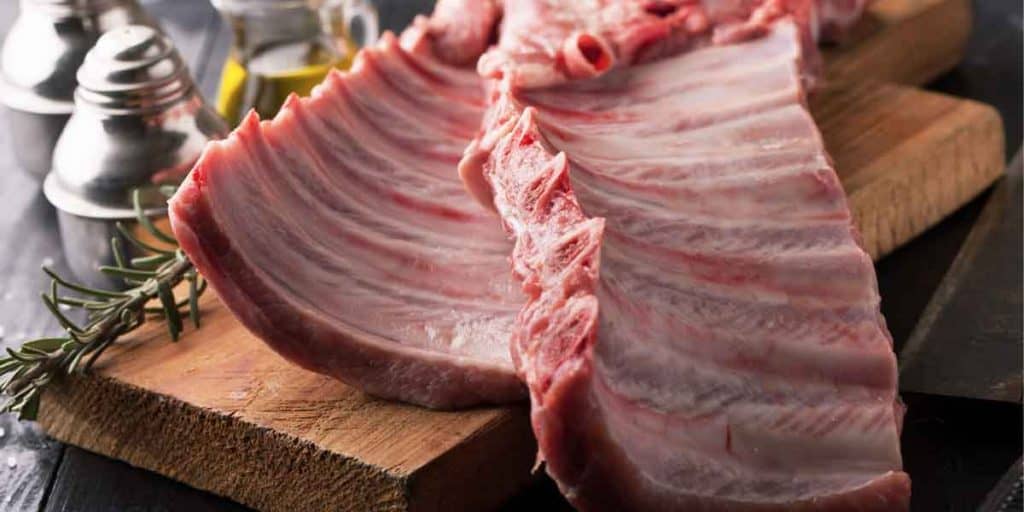
Pork ribs are a meat lover’s delight, and they’re one of the most versatile cuts you can find. They can be used in various recipes, including soups, stews, and more. Pork ribs are a type of cut from the rib cage of a pig. They consist of the meat section between the shoulder and the loin, which has a high-fat content and is more tender than other cuts.
It has a rich flavor that is enhanced by marinating or brining before cooking which helps to tenderize the meat and retain moisture during cooking. They’re often smoked for hours at low temperatures before being served. Pork ribs can also be barbecued or roasted on an open fire. Pork ribs contain a high amount of protein and iron, making them an excellent source of energy for athletes or those who lead an active lifestyle.
They are also low in fat and calories, making them an excellent choice for those trying to lose weight or maintain a healthy diet. Pork ribs contain many essential nutrients, including vitamin B12 and zinc, which help with muscle growth, bone growth/repair, and brain function. They also provide iron which allows red blood cells to carry oxygen throughout the body, thus improving overall health by increasing endurance and stamina while reducing fatigue during exercise sessions or daily activities.
Types of Rib Cuts
Ribs are a staple of barbecue. Whether you’re grilling, smoking, or cooking over coals, ribs are the best way to make your meaty friend the show’s star. There are several different types of rib cuts that you should be aware of when shopping for your next barbecue.
Beef Ribs
Beef ribs are delicious, nutritious, and versatile meat. They come from the part of the cow that supports the body, which means they have a lot of meat and connective tissue. This makes them perfect for slow cooking.
Beef ribs are classified into two types: short ribs and back ribs.
- Back ribs are derived from a portion of the cow’s back. We obtain this cut when we remove ribeye steaks or ribeye roasts from the bone.
- The short ribs are derived from the cow’s lower body. They have more meat than back ribs due to their location and size. The rib roast or prime rib is the most costly cut of beef; it has a superb beef flavor, so be sure to put it on your menu, at least for special occasions.
Pork Ribs
Pork ribs are a popular variety in the United States and are derived from pigs. Pigs have 16 or 17 pairs of ribs, depending on the breed. Back ribs (also known as baby ribs), spare ribs, and St. Louis ribs are the most common cuts of pork ribs. They all have different tastes, textures, and levels of tenderness. There’s one thing they all have in common, though: they’re delicious!
- Back ribs (also known as baby back ribs) come from the lower part of the pig’s rib cage near its spine. These leaner cuts have more meat than spareribs but less fat than St. Louis-style pork ribs. These are great for baking because they won’t dry out as easily as other types of pork ribs.
- Spare ribs come from the belly area of a pig underneath its backbone; they’re often separated into two parts—the “long” side and the “short” side—depending on how much meat is attached to each bone segment.
- Louis cut ribs are a great way to enjoy your pork ribs. They’re made by removing bones from the belly part of the rib cage, so there are no wasted pieces! And because these pieces have more fat than other cuts of pork ribs, they taste even better than regular pork ribs when prepared with just a little seasoning on your grill.
Difference Between Pork and Beef Ribs
Ribs are a staple in the BBQ world, and it’s easy to see why. They’re delicious, inexpensive, and go well with just about anything. But which is better pork or beef ribs? The answer depends on what you’re looking for: whether you want something leaner or more fatty, if you wish to spend more money or less, or whether your cooking method is grilling or smoking.
1. Size
When it comes to preparing a delicious meal, there are many things that you have to consider. One of them is the size of the meat that you will use for your recipe. The size does matter when it comes to preparing and eating your food. You should know that pork and beef ribs have different sizes, which is important for preparing them.
2. Cost
Beef short ribs are among the most expensive cuts of meat. They are not too easy to find, and demand is high, so you will usually pay pretty well for them. Baby ribs are among the most common rib types, so that you will find them in every supermarket.
These are easier to come by and cost less than their beef counterparts, but they still pack a punch in flavor and tenderness. If you’re looking for something on the cheaper side, pork ribs might be right up your alley. They’re still high quality and tender enough to satisfy your craving for barbecue ribs without breaking your bank account.
3. Texture, Tenderness, and Flavor
Pork ribs have a higher fat content than beef ribs, so they tend to be more tender and succulent. Beef ribs have a lower fat content, which means they are firmer and drier than pork ribs. The flavor is also different. Pork has a sweeter taste than beef because it contains more fat, while beef has a more intense flavor due to its higher concentration of muscle proteins. Beef ribs tend to be tougher than pork because they contain less collagen than pork ribs do.
4. Lean Meat to Fat Ratio
Pork ribs are popular because they have lean meat to fat ratio similar to other cuts of pork. On the other hand, beef ribs have a higher amount of fat and are therefore less healthy than their pork counterparts. And while pork ribs may be healthier than beef, they’re still high in calories and saturated fats, leading to weight gain and heart disease if consumed excessively or without any exercise. So when preparing for your next BBQ party, remember: moderation is key!
5. Cooking and Grilling
There are many differences that distinguish pork and beef ribs, but the most important one is their preparation. Beef ribs are usually grilled or roasted, while pork ribs are usually smoked. The difference in preparation gives each rib a unique flavor and texture.
Pork ribs are often cooked using a dry rub, which helps to add flavor to the meat without adding sauce or marinade. On the other hand, beef ribs often have an added layer of smoky flavor thanks to the grill they were cooked on.
Beef ribs tend to be fattier than pork ribs; if you like your meat juicy, you should stick with beef ribs. Beef ribs also tend to have more fat between the bones; this makes them easier for grilling because it prevents them from drying out too quickly.
Pork Ribs Vs Beef Ribs, Which Is Better?
Pork ribs and beef ribs are two of the most popular cuts of meat you can get from a pig and cow, respectively. Both are delicious, but which one is better?
Let’s start with pork ribs. Pork ribs are usually cut from the rib cage area of the pig, where two bones support the spine. The ribs are divided into tenderloin (the section right next to the spine) and spareribs (the section farthest away). They can be cooked by boiling, grilling, or smoking over a fire. Pork ribs have a rich flavor, which comes from their fat content. They’re also high in protein and iron, making them great for building muscle mass!
Next up: beef ribs! Beef ribs come from the rib cage area of animals raised for meat production (cows) and tend to be much larger than pork ribs because cows grow faster than pigs. Beef ribs don’t contain as much fat as pork ribs, but they still add a satisfying flavor into each bite! Beef ribs can also be prepared using any number of methods—you could even smoke them over an open flame if you wanted!
Final Thoughts
If you enjoy barbecuing and fall in love with all the different cuts of meat, you should try pork ribs and beef ribs.
There are distinct variations between pork and beef ribs. Apart from flavor, pig and beef rib sizes, and different slices, you must also know the proper cooking process in such as how to boil ribs, or how to smoke ribs on charcoal grill and the type of technique like reverse sear is preferred for cooking ribs because ribs are tough to cook. Knowing your method well will help you prepare great cuisine from these ingredients.
Find a skilled butcher who knows how to cut these pieces to perfection. Experiment with ingredients based on the rib ideas above – find wonderful meals and invite friends or family for a lovely lunch or supper.

